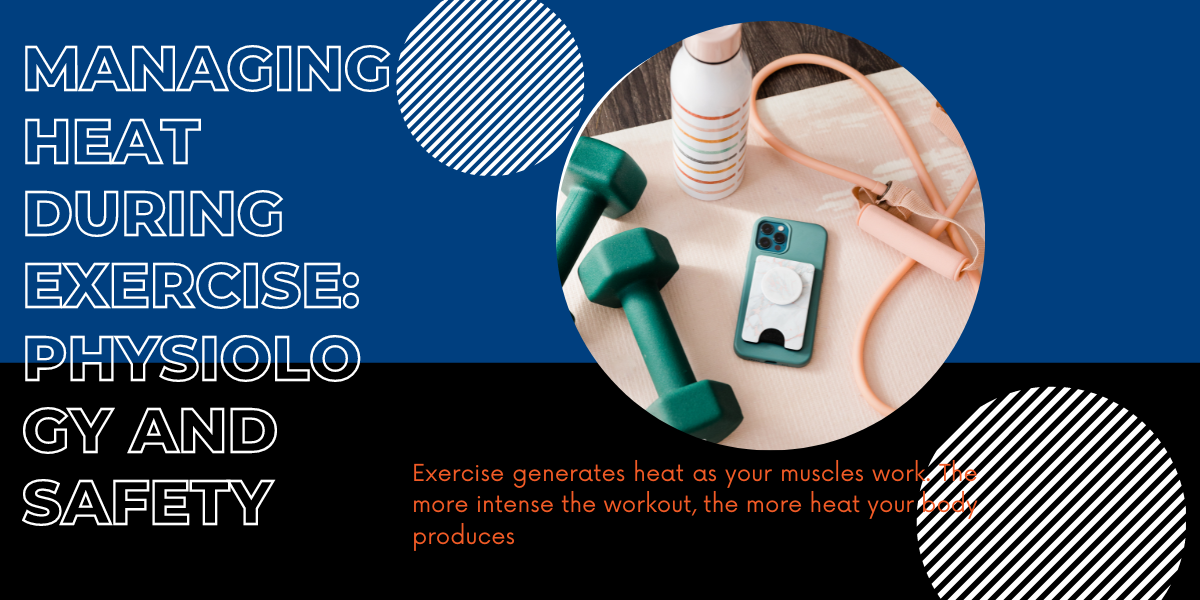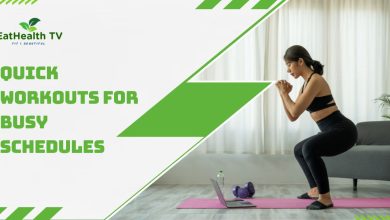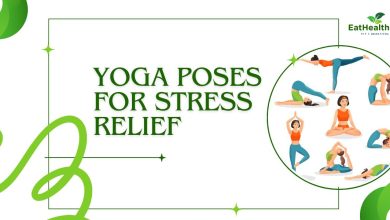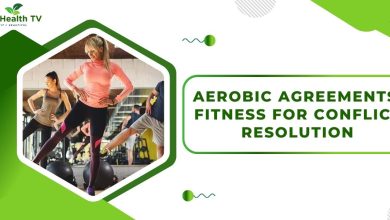Managing Heat During Exercise: Physiology and Safety
Heat Management During Exercise: The Science and Safety Guide
Staying Cool Under Pressure: Mastering the Physiology and Safety of Heat Management During Exercise
When the sun beats down, and your heart rate climbs during exercise, your body faces a formidable challenge: regulating its temperature to prevent overheating. The process of managing heat during exercise is a complex feat of physiology and safety that determines not only your performance but also your well-being. In this blog post, we’ll explore the science behind how your body keeps its cool when the heat is on, and the essential safety measures you need to know.
Understanding the Heat Management Process
-
Heat Production:
- Exercise generates heat as your muscles work. The more intense the workout, the more heat your body produces.
-
Core Temperature Control:
- Your body’s core temperature must stay within a narrow range for optimal function. Illnesses related to the heat might result from excessive heat.
-
Heat Dissipation Mechanisms:
- Your body has several ways to dissipate heat, including sweating, radiation, conduction, and convection.
Sweating: Nature’s Cooling System
-
The Sweat Response:
- Sweating is your body’s primary cooling mechanism. As sweat evaporates, it dissipates heat from your skin.
-
Hydration Importance:
- Staying hydrated is crucial. Dehydration hampers your body’s ability to sweat and cool down efficiently.
Heat-Related Illnesses and Safety Tips
-
Heat Exhaustion:
- Symptoms include heavy sweating, weakness, dizziness, and nausea. Immediate rest and hydration are essential.
-
Heat Stroke:
- A life-threatening condition with symptoms like confusion, loss of consciousness, and hot, dry skin. Seek emergency medical attention.
Safety Precautions for Hot Weather Exercise
-
Hydration:
- Drink water before, during, and after exercise, and consider sports drinks for prolonged, intense workouts.
-
Clothing:
- Wear light, moisture-wicking clothing that promotes evaporation and keeps you cooler.
-
Time of Day:
- Opt for morning or evening workouts when temperatures are lower.
-
Acclimatization:
- Gradually adapt to exercising in the heat to improve heat tolerance.
-
Listen to Your Body:
- Pay attention to signs of overheating and take breaks as needed.
Conclusion
Understanding the physiology of heat management during exercise and practicing safety measures is essential for every athlete and fitness enthusiast. Your body’s ability to handle the heat is remarkable, but it requires your cooperation. By staying hydrated, dressing appropriately, and recognizing the signs of heat-related illnesses, you can ensure a safe and productive workout, even when the mercury rises. Keep cool, stay safe, and keep pushing your fitness boundaries while respecting your body’s limits.





